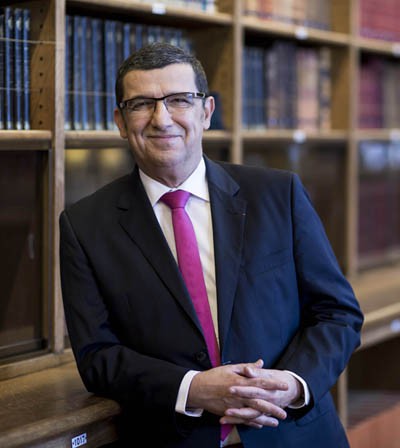The French National Police has five forensic laboratories (in Paris, Lille, Lyon, Toulouse and Marseille) grouped together as the “Institut National de la Police Scientifique”, a French public institution created in 2001 and placed under the supervision of the DGPN [Direction générale de la Police nationale]. It was the Marseille laboratory, managed since 2017 by Bruno Sera, that was entrusted the task of identifying General Gudin’s remains, since the Marseille team includes Alain Stevanovitch, a scientist who not only specialises in mitochondrial DNA but is also keen on historical investigations. In addition to his judicial work, Mr Stevanovitch has already studied men from prehistoric times, soldiers from both world wars, and many other human remains related to ancient cases or unresolved questions. A specialist of the “very cold cases”, one might say. I imagine that he must have been quite excited when it was announced that a femur and a tooth recovered near Smolensk would be given to him for analysis and identification. The reason for this study was not purely of intellectual interest: both the French and Russian governments seem to want to pay General Gudin the tribute he deserves, and it was therefore essential to confirm the identity of the Smolensk corpse, with even more certainty than was possible merely with the archaeological and historical elements found there alone.
DNA analysis requires searching for family members in order to make comparisons. Today, Gudin has several identified descendants: namely Albéric d’Orléans (often mentioned), but also his father and brothers (so he is not the “only” descendant, as was reported by some journalists). These relatives could have provided some samples… but, for greater accuracy and for scientific reasons that would take too long to explain here (and that I am not sure I understood perfectly, myself, to be honest!), our man in Marseille preferred to use DNA from the general’s relatives at the time, those as close as possible to him. Many of them are buried in the cemetery at Saint-Maurice-en-Aveyron. The vault was opened and remains were removed. The nature of the soil in the cemetery made possible the retrieval of relatively well-preserved bones from Gudin’s mother and brother. The “map” of their mitochondrial DNA could be established. At the same time, the scientist succeeded in establishing that of the exhumed Smolensk remains, despite the poor condition of the bones. So all that was left to do (easy to say) was to compare them. After a month of work and multiple verifications, the identification of Gudin could be confirmed with 99.9% accuracy. The 0.1% of doubt was largely dispelled by the archaeological finds and the documents. A very successful alliance between historical method and the related sciences.
Alain Stevanovitch was thus able to provide scientific proof that the remains found near Smolensk are those of General César Charles Étienne Gudin de La Sablonnière (1768-1812).
A fine job of which the French National Police and its “forensic police” branch can be proud.
And since they’re too shy to sound their own trumpet, I’m delighted to do it here today.
Well done and thank you.
Thierry Lentz, Director of the Fondation Napoléon
November 2019 (translation RY)
* Mitochondrial DNA is derived from a structure present in cells: the mitochondria, which produces energy. The specificity of this DNA is that it is distinct from the DNA of the cell nucleus, and is transmitted by the mother and is not altered by mutations. It is therefore particularly suitable for establishing genetic genealogy.


